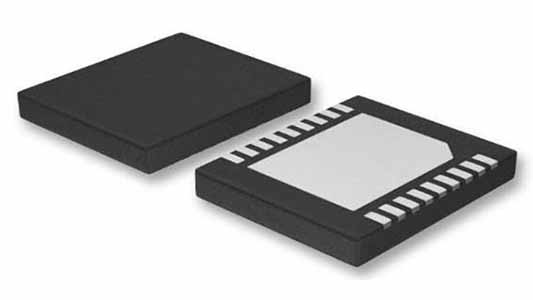Battery monitoring ICs (Integrated Circuits) are pivotal in today’s technology-driven world, where efficient energy management is crucial across various applications. From electric vehicles (EVs) to renewable energy systems and consumer electronics, these specialized circuits are designed to ensure batteries operate safely, efficiently, and reliably. As the demand for smarter, more efficient power solutions continues to grow, the role of battery monitoring ICs becomes increasingly significant.
Understanding Battery Monitoring ICs
Battery monitoring ICs are electronic components that track and manage the state of a battery, including its voltage, current, temperature, and overall health. These ICs provide critical information about the battery’s state of charge (SOC), state of health (SOH), and state of function (SOF). By continuously monitoring these parameters, battery monitoring ICs help prevent overcharging, over-discharging, overheating, and other conditions that could damage the battery or reduce its lifespan.
Key Features and Functions
Voltage Measurement: Accurate voltage measurement is fundamental for determining the battery’s SOC. Battery monitoring ICs measure the voltage of individual cells and the entire battery pack, ensuring each cell operates within safe limits.
Current Sensing: Monitoring the current flow into and out of the battery helps in assessing the charging and discharging cycles. This information is crucial for calculating the remaining battery capacity and predicting its lifespan.
Temperature Monitoring: Temperature significantly impacts battery performance and safety. Battery monitoring ICs include temperature sensors to detect overheating and trigger protective measures.
Balancing: In multi-cell battery packs, cell balancing ensures that all cells maintain equal voltage levels, enhancing the overall efficiency and longevity of the battery.
Communication Interfaces: Modern battery monitoring ICs are equipped with communication interfaces (such as I2C, SPI, or CAN) to relay battery data to a central control unit or an external device for further analysis and decision-making.
Applications of Battery Monitoring ICs
Electric Vehicles (EVs): The automotive industry heavily relies on battery monitoring ICs to optimize the performance and safety of electric vehicle batteries. These ICs ensure efficient energy usage, extend battery life, and enhance the overall reliability of EVs.
Renewable Energy Systems: In solar and wind power systems, battery monitoring ICs play a vital role in managing energy storage solutions. They help maintain the health of batteries used for storing excess energy generated during peak production times.
Consumer Electronics: From smartphones to laptops, battery monitoring ICs are essential in managing the power consumption of various consumer devices. They provide accurate battery status information, enabling better user experience and prolonging battery life.
Industrial Applications: In industrial settings, battery monitoring ICs are used in backup power systems, uninterruptible power supplies (UPS), and other critical applications where battery reliability is paramount.
Advancements in Battery Monitoring Technology
The evolution of battery monitoring ICs is closely tied to advancements in battery technology and the increasing complexity of modern applications. Several key trends are shaping the future of battery monitoring ICs:
· Integration with Battery Management Systems (BMS): Advanced battery monitoring ICs are now being integrated into comprehensive Battery Management Systems (BMS), which offer enhanced functionality, including predictive maintenance, data analytics, and remote monitoring capabilities.
· AI and Machine Learning: Incorporating artificial intelligence (AI) and machine learning algorithms into battery monitoring systems allows for more accurate predictions of battery performance and health. These technologies enable proactive measures to extend battery life and prevent failures.
· Miniaturization: As devices become smaller and more compact, there is a growing demand for miniaturized battery monitoring ICs that can fit into limited spaces without compromising performance.
· Wireless Connectivity: Wireless battery monitoring solutions are gaining traction, enabling seamless data transmission and remote monitoring. This is particularly beneficial in applications where wired connections are impractical or cumbersome.
The Future Outlook
The global market for battery monitoring ICs is poised for significant growth in the coming years. As the adoption of electric vehicles, renewable energy systems, and portable electronics continues to rise, the demand for efficient battery management solutions will increase. Manufacturers are investing in research and development to create more advanced, reliable, and cost-effective battery monitoring ICs.
Moreover, the push towards sustainability and green energy solutions is driving innovations in battery technology. Battery monitoring ICs will play a crucial role in ensuring that these new technologies are safe, efficient, and durable. The integration of IoT (Internet of Things) and smart grid technologies will further enhance the capabilities of battery monitoring systems, providing real-time data and insights for better energy management.













